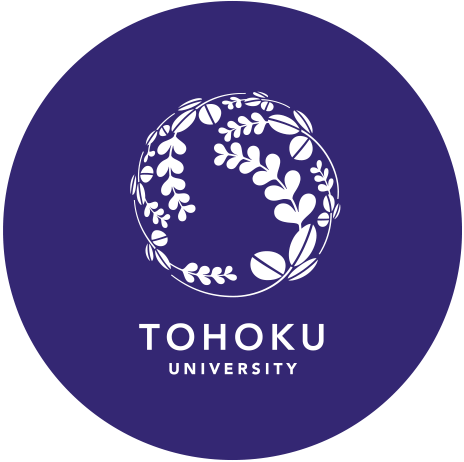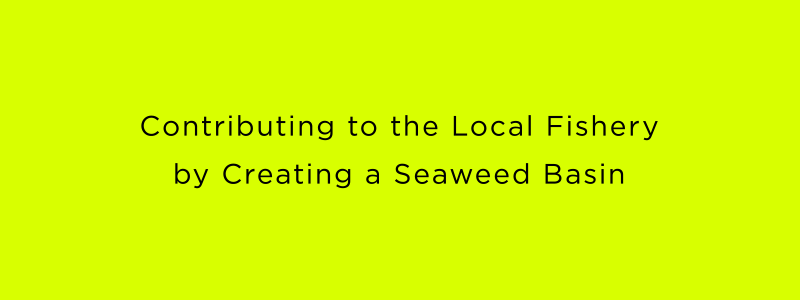PURPOSE OF THE EXPERIMENT
In the waters of the Izu Islands, reefs and boulders are formed everywhere as habitats for fish, crustaceans and
shellfish. In recent years, the reduction of catches has become a serious problem due to reef-burning and
changes in sea conditions. At IFAI, we are continuously trying to recover the seaweed beds using iron fulvic acid,
and using artificial stones and natural stones to check the state of seaweed growth.
Oshima is an island located about 25km southeast of the Izu Peninsula, with good transportation from
Tokyo and can be accessed by ferry or airplane. Locally, understanding of the experiment is progress-
ing, such as a plan for offshore wind power generation. Moreover, the Tokyo Metropolitan Government
is also considering the effective use of fishing ports in order to support the “fishery that grows”. By
utilizing this mechanism, there is a possibility of development as an abalone farm after the experiment.
Located in the southern part of the island, the currently inactive Sashikiji fishing port has been selected
as a place for demonstration experiments. This place, which has been approved for three years, has
already gained the understanding of government and fishery cooperatives. In addition, there is a fish-
ery test center nearby, so guidance in line with local circumstances can be received.
The block used for seaweed development (seaweed settlement base) uses a steel slag hydrated solidified body.
As an alternative to natural materials, this material is an environmentally friendly material
that contributes to energy and resource conservation, and is certified
as a specified procurement item under the Green Purchasing Law.
Steel slag contains essential biological elements such as iron and silicon,
so it has excellent bioadhesiveness and can be expected to improve the biological properties of the sea area.
ARTIFICIAL REEF BLOCK
Because artificial stone has a higher density than natural stone,
it has excellent stability against tidal currents and waves,
and is used as a base for garden creatures and macroalgae.
ABOUT FULVIC ACID UNIT
STRUCTURE AND CONSTITUENT MATERIALS
OF THE FULVIC ACID IRON ELUTION UNIT
The fulvic acid iron elution unit consists of an elution material containing iron fulvic acid and an artificial stone.
While maintaining stability against sea surface fluctuations, it plays a role as a basis for biofouling.
The Fulvic Acid Iron Eluent Is Mainly Composed
of the Following Five Materials:
High-Concentration Divalent Iron / Dam Fixed Sediment /
Bamboo Sheath / Shochu Residue / Fish Residue
ADDRESSING THE LOCAL PROBLEM
In the local fishery industry, the decrease in the catch of shellfish has become a problem in recent years.
One reason for this is the drastic decrease in seaweed called “Aitokume”.
"Aitokume" is a seaweed that grows from spring to autumn in the shallow area around Oshima, and is
used as a food for shellfish such as abalone.
“THE CREATION OF THE SEAWEED BEDS SOLVES LOCAL PROBLEMS”
Propagating Aitokume is considered the greatest contribution to local fisheries,
and aims to improve breeding reefs and develop floating reefs.
